Biodiversity in Horticultural Crops, Volume 1
Synopsis
Among the natural resources, plant biodiversity is the key to human existence and survival. Horticultural crops contribute to nutritional and livelihood security. Mankind depends on near about 5000 plant species worldwide to meet food and other needs. This number is just a fraction of total world flora of 2.5 lakh species of mosses, ferns, conifers and flowering plants. More than 50,000 plant species are yet to be documented. Today only about 150 plant species are important in meeting the food (calories) needs of humans world wide. There is still greater dependence on a few plant species; 20 to 30 in global context. Horticultural crops encompass fruit crops, vegetables, ornamentals, plantation crops, spices, aromatic and medicinal plants, tuber crops and mushrooms. Temperate, subtropical and tropical horticultural crops are characterized by their adoption to varying ecology and land use patterns. The present volume 'Biodiversity in Horticultural Crops' has 18 chapters contributed by eminent scientists working in the respective crops. Biodiversity is conceived as gift to nature for sustainability, nutritional security and above all to widen the food basket. Man lives not for food alone, but to enjoy nature's gifts-fruits, vegetables, flowering plants, foliages and so on. Genes for desirable traits are embedded in biodiversity and as such the present the volume throws open horticultural bio resources to human benefit. The present volume emphasizes current and widely grown horticultural crops in India in all its biodiversity. The volume is edited by Dr. K.V. Peter, former Vice chancellor and currently Professor of Horticulture, Kerala Agricultural University. As vegetable breeder at G B Pant University of Agriclture and Technology, Pantnagar he surveyed, collected, documented and conserved working germplasm of tomato, brinjal and Chilli. During 1991-1998, as Director, Indian Institute of Spices Research, Calicut, he facilitated establishment of worlds largest collection of black pepper germ plam. Working collections of cardamom, ginger, turmeric, nutmeg, clove, allspice and vanilla were also felicitated to be organized. He also co-authored Descriptors of black pepper and cardamom published by IPGRI, Rome.
Read more
101.70
91.53
$
113.00 $
Free delivery Wolrdwidе in 10-18 days
Ships in 1-2 days from New Delhi
Membership for 1 Year $35.00
Get it now and save 10%
Get it now and save 10%
BECOME A MEMBER
Books by the same authors

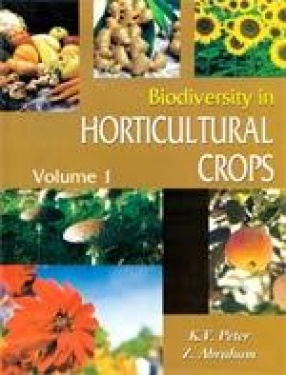
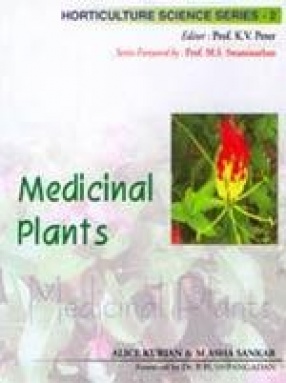
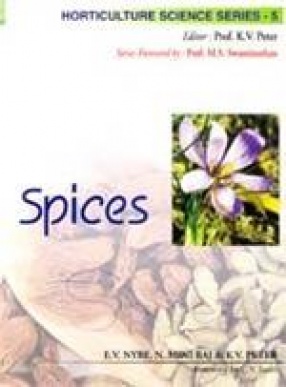
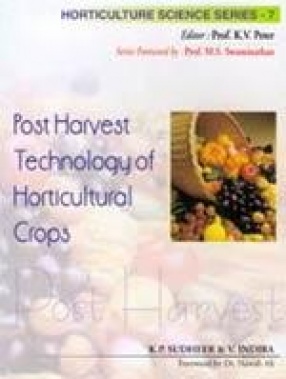
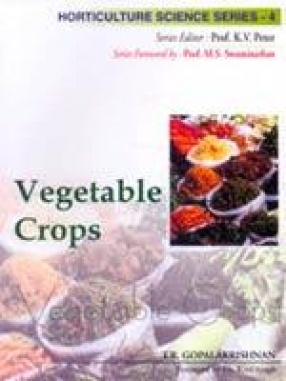
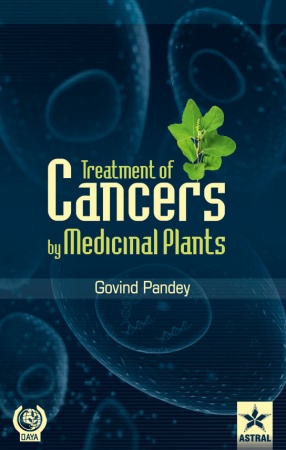
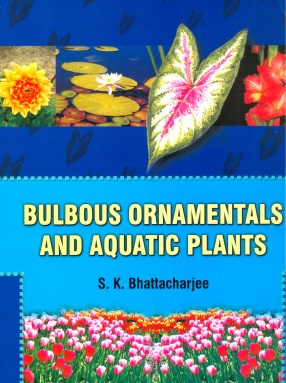
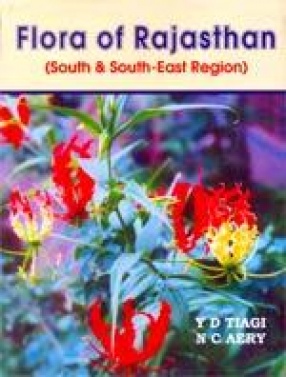

Bibliographic information
Z Abraham